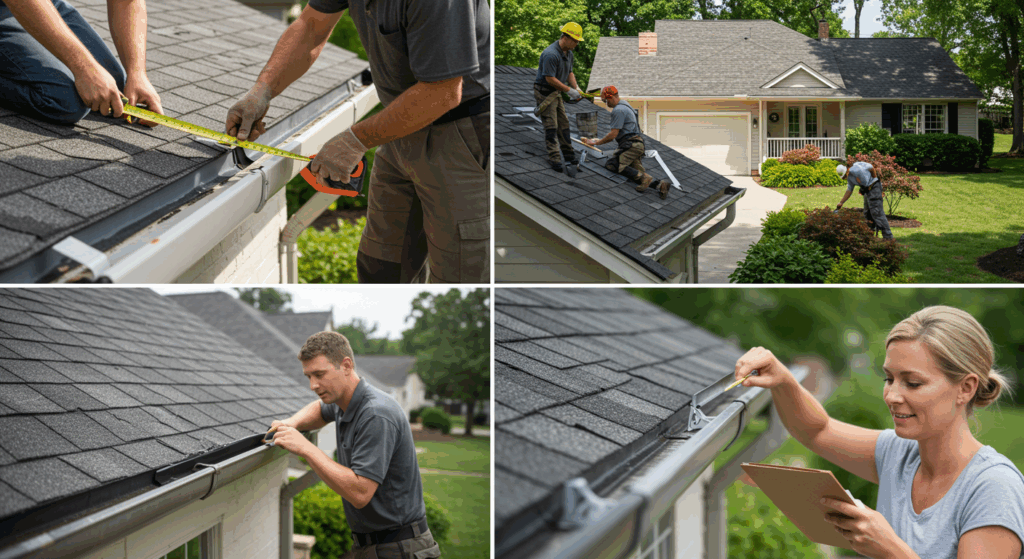Initial Consultation and Measurements
The process begins with a professional consultation to evaluate roof size, slope, and drainage needs. Contractors take precise measurements to ensure the gutter system is tailored to the home, preventing oversizing or undersizing that can compromise performance.
Material Selection and Customization
Once the evaluation is complete, homeowners select the preferred gutter material—aluminum, steel, copper, or vinyl. Many systems are seamless and custom-formed on-site to reduce leaks. Color matching and style considerations are also addressed during this stage.
Installation and Secure Attachment
Professionals install the gutters along the roofline with the correct slope to ensure efficient water flow. Downspouts are strategically positioned to direct water away from the foundation. Secure brackets and hangers are used to prevent sagging or detachment, even during heavy storms.
Quality Control and Final Inspection
After installation, the contractor inspects all connections, seams, and drainage points. Water flow tests may be conducted to confirm the system performs correctly. The final inspection ensures the installation meets both functional and aesthetic expectations, leaving homeowners with a durable and effective solution.
Ongoing Maintenance Recommendations
Contractors often provide maintenance tips, such as regular cleaning or the use of leaf guards. These practices keep the gutters free of debris, ensuring the system continues to protect the property for years to come.
When Do Gutters Need Replacement or Upgrade? Key Signals to Watch

